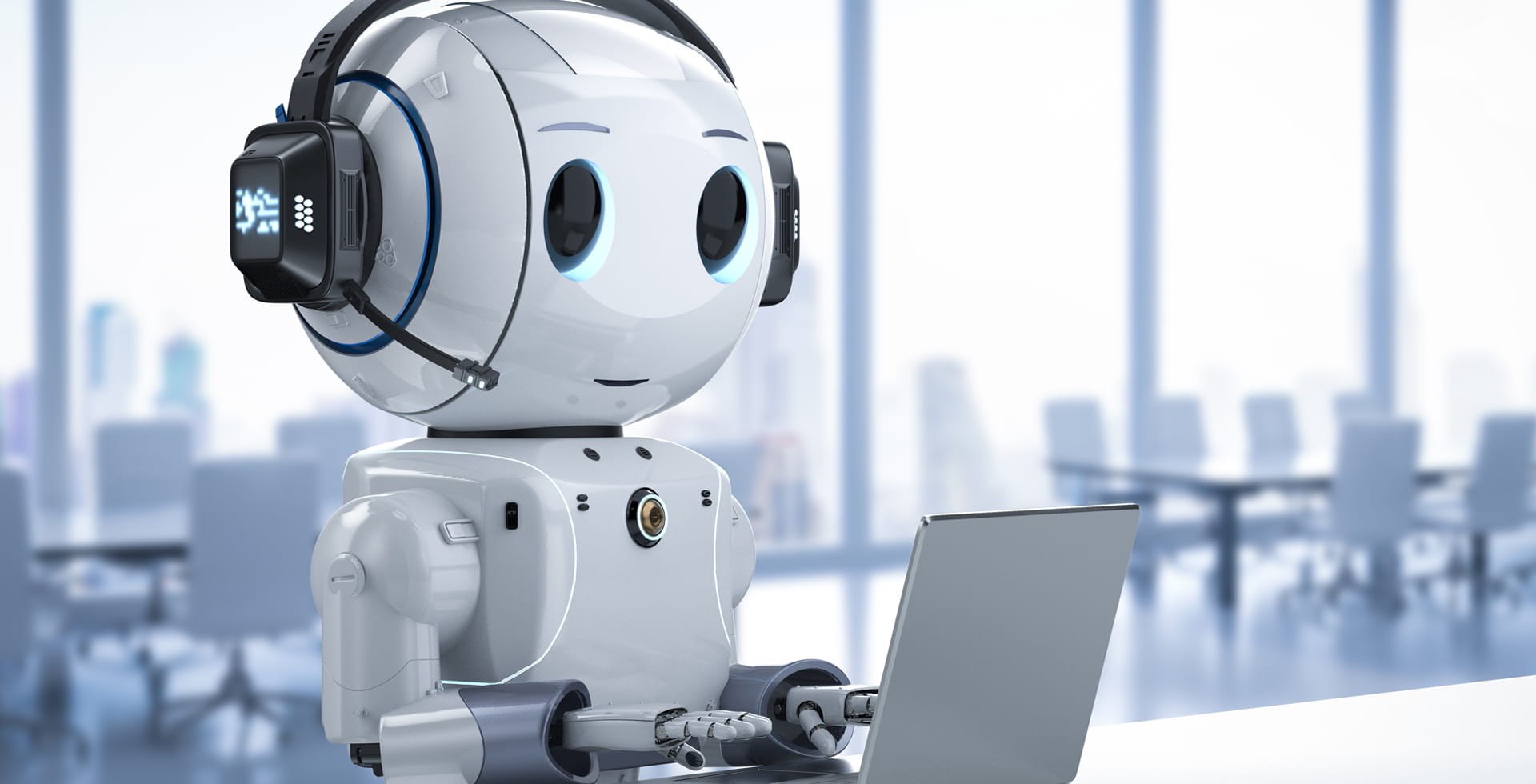The rise of humanoid robots

“I’ll be back.”
This famous line from Terminator 2, the legendary movie released in 1991, is iconic. In the film’s setting, the T-800, a robot portrayed by Arnold Schwarzenegger, was mass-produced in 2026 and time-traveled back to 1995 to fulfill his mission. While he appears identical to a human, he is far more resilient and possesses superior physical capabilities.
As we stand at the beginning of 2025, the year 2026 is just around the corner. Are we anywhere near having a robot like that?
Not quite. Nevertheless, recent developments on “humanoid robots” may bring us closer to that reality. A humanoid robot, by definition, is a robot that resembles the human body in shape and is able to carry out work that is usually done by human beings. The concept of humanoid robots is far from new – the earliest designs can be traced back to the 15th century by Leonardo da Vinci. Modern development began in 1970s, when Waseda University in Japan invented WABOT 1, the first full scale anthropomorphic robot developed. In recent years, humanoid robots came under the spotlight of investors when Elon Musk mentioned, in August 2021, at Tesla’s first AI Day, that Tesla was working on a humanoid robot with the goal of building a prototype in 2022. At Tesla’s second AI Day in September 2022, the humanoid robot Optimus was unveiled. With the potential empowerment from Generative AI – a field currently making significant breakthroughs– humanoid robots will be enabled to learn, adapt and perform tasks autonomously.
The addressable market for humanoid robots is vast. In light of challenges posed by an aging population and labour shortages in many global economies nowadays, humanoid robots have the potential to fill critical gaps. Additionally, remember that T-800 is much more powerful than humans in the movie; in real world, similarly, humanoid robots can play an important role in many hazardous environments and highly repetitive tasks, such as in chemical manufacturing and logistics. Ultimately, as technology advances and regulations evolve, humanoid robots may become consumer products—similar to owning a home appliance or a car today. By acting, communicating, and processing information like humans, they could serve in various roles within the hospitality industry, household services, elderly care, and companionship. Hence, given all these positive drivers, it is expected that the humanoid robot market could reach a multi-billion-dollar scale by 2035 and potentially a trillion dollars by 2050, despite the currently limited commercial market.
From a technological perspective, humanoid robots go far beyond merely assembling metal components. Challenges abound, ranging from basic requirements like maintaining balance while walking, running, and performing agile motions, to designing hands that are as dexterous as human beings— capable of sensing, gripping, and executing complex movements. For instance, when holding a glass of water, gripping it too loosely can cause it to drop, while gripping it too tightly may cause the glass to break. Despite the challenges, scientists have achieved meaningful advancement in their areas. Boston Dynamics, a spin-off from MIT and an industry leader in robotics, released a video in 2016 showcasing its humanoid robot model named ‘Atlas,’ which demonstrated important breakthroughs in agility and mobility that were previously difficult or impossible for earlier generations of robots. With an upgraded hand design, Tesla’s Optimus was able to catch a highspeed tennis ball, as demonstrated in late 2024.
As an important part of global supply chain, Chinese companies are also deeply involved into the development. Companies that have already partnered with Tesla, such as Sanhua Intelligence, or those that hold leading positions in specific mechanical products, like Leader Harmonious Drive, are expected to supply some of the key components to Tesla’s Optimus in its future mass production. Beyond merely being suppliers, Chinese robot design companies have also demonstrated remarkable progress. During the 2025 Spring Festival Gala, a dance routine performed by a group of humanoid robots captivated the audience. These robots exhibited impressive agility, mimicking human movements and spinning handkerchiefs. They were developed by Unitree, a company based in Hangzhou, a city located near the eastern coast of China, which is also the home of the renowned AI disruptor DeepSeek.
Then the natural question is: how much are consumers or manufacturers willing to pay for a robot to use in daily life or deploy in factories? Without economies of scale and cost-efficient solutions, a humanoid robot today can easily cost several hundred thousand dollars to produce. However, some believe that as production scales, these robots could eventually cost only around $20,000 to $30,000. Exploring more downstream applications is clearly a path toward larger-scale production. Amazon has been testing Digit, the robot developed by Agility Robotics, in its warehouses for logistics work. In China, Shenzhen-based UBTech has been implementing similar technologies in BYD factories for tasks like lifting and moving totes. Considering the rising labor costs in China, employing humanoid robots can already demonstrate certain economic advantages.
Like many technologies, risks and concerns are always present. A major concern is ensuring safety and reliability during human-robot interactions, alongside worries about the economic impact, as widespread adoption could disrupt labor markets and exacerbate inequality if not managed thoughtfully. Robust regulatory frameworks are essential to ensure responsible development and deployment. Addressing these risks is crucial to harnessing the benefits of humanoid robots while safeguarding societal interests.
All in all, humanoid robots embody a transformative technology with immense potential to reshape our world. They promise to revolutionize industries, enhance productivity, and foster new avenues for innovation and investment. Today, you can already purchase a humanoid robot from Unitree on China’s e-commerce platform, JD.com., with CNY 99,000 (approximately USD 13,600). Ready to get one?1
1 Source: www.jd.com




